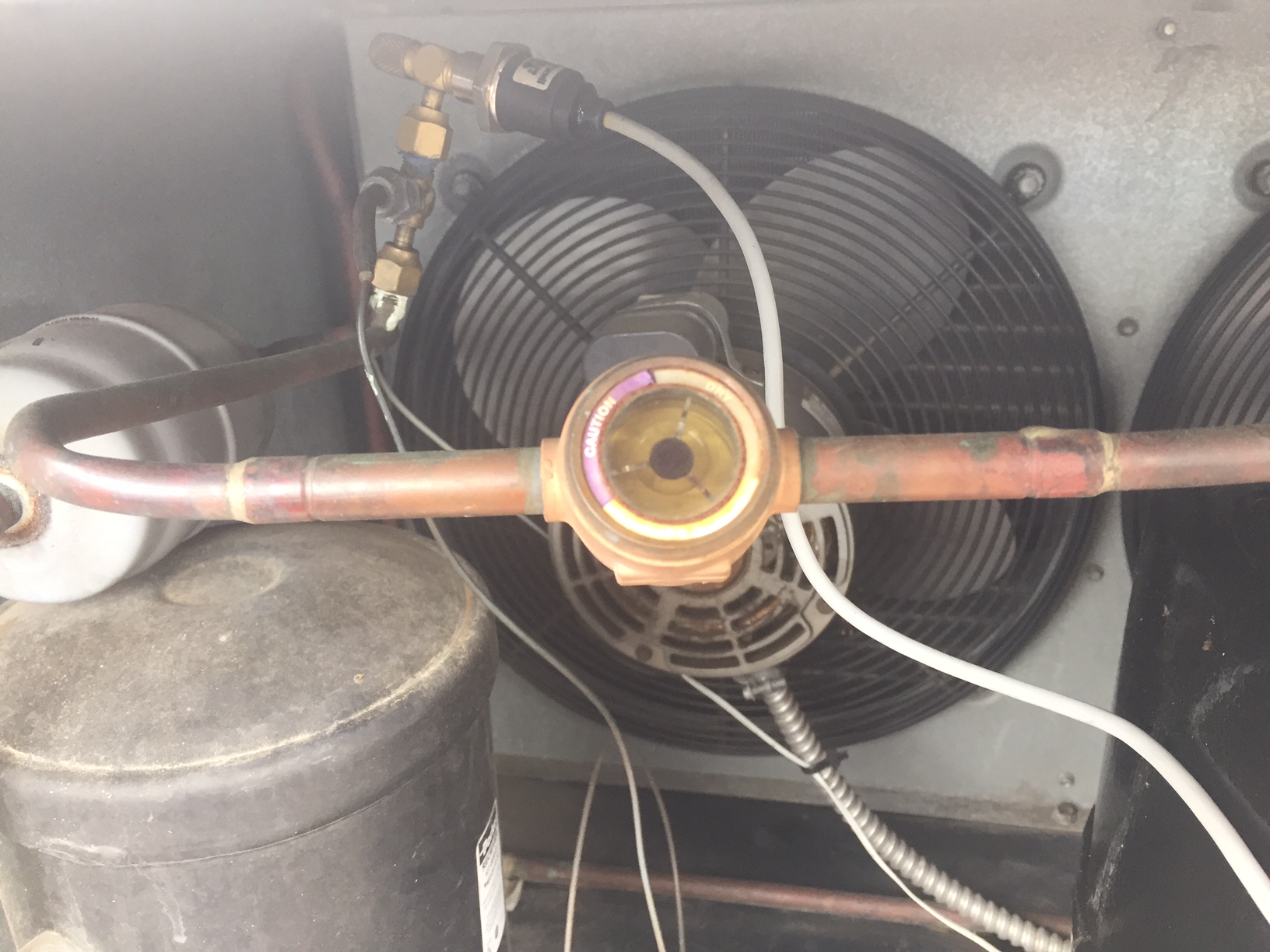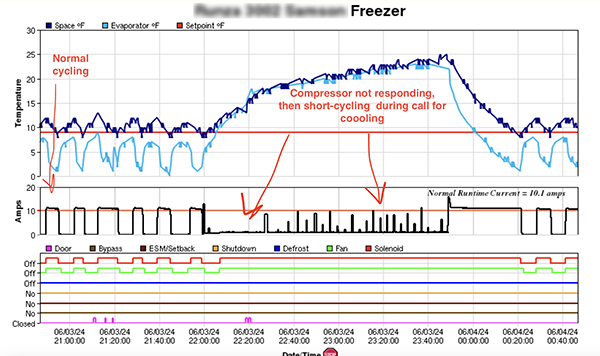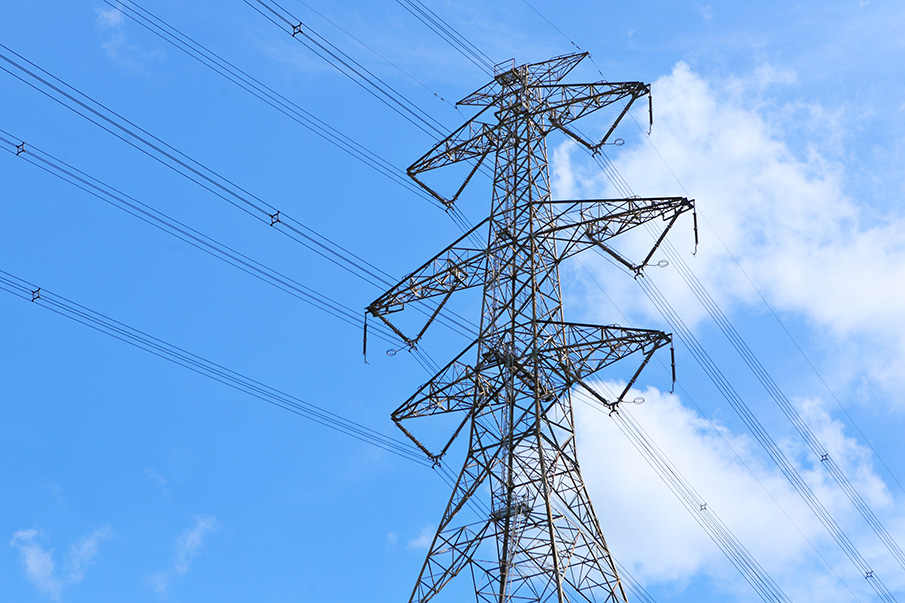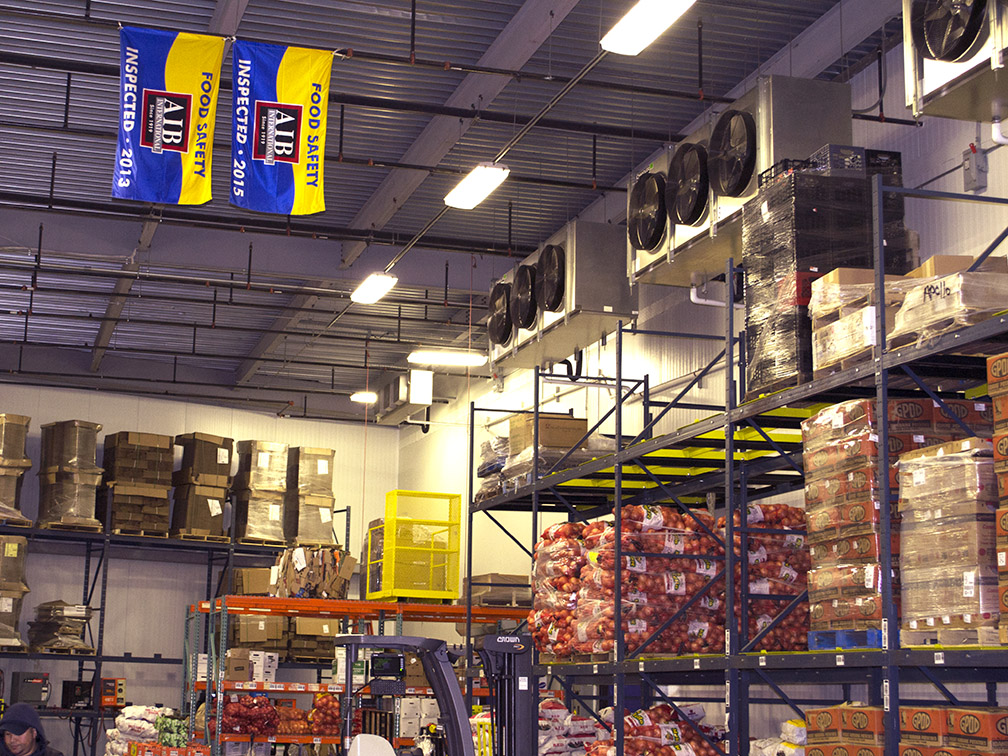As a company, we’ve observed and analyzed roughly 40,000 refrigeration systems over the past 20 years. In that time, we’ve seen the same pain points, and have heard the same complaints over and over. And each comes from one starting point: a lack of awareness by our customers about their equipment’s operation. This could mean anything from not knowing where to check for ice buildup, to not recognizing symptoms of a larger issue. But as an owner/operator, there are a few things you can do to check its operation, and have it lead to a reduction in operating costs, prevention of equipment failure (and subsequent costly repairs), and ensuring product safety.
Refrigeration systems have a great deal of both mechanical and electrical components that need periodic maintenance to keep it running at its most optimal.
The easiest comparison is to imagine your business’ refrigeration system as your car. Certain attention must be paid to your vehicle to ensure efficient operation, good fuel economy, performance, and most of all, reliability. A car’s purpose is to get you somewhere safely and to start up when needed.
With a vehicle, there are tell-tale signs when something isn’t operating correctly – you can hear noises, see a flat tire, and most provide a “check engine” notification on your dashboard when more serious problems lurk under the hood.
Just as many people’s livelihood relies on their car, many businesses’ existence relies on their refrigeration system. Cold storage, distribution, wholesalers, manufacturers, foodservices–without proper refrigeration, these businesses couldn’t function. Your products being safely stored at their necessary temperature is required 24/7/365 to maintain food safety, product shelf life, and to be able to deliver quality to your customers.
While temperatures are obviously a pivotal aspect of refrigeration to pay attention to, it is most-often an “under the hood” issue that affects what they read. By the time an owner/operator notices a temperature has gone out of the desired range, something else has failed first.
Refrigeration sometimes has an immediate catastrophic failure, while other times it is a slow, gradual decline in performance until there is some event that catches the owner/operator’s attention.
Sticking with the car analogy, very often, tires don’t go flat immediately, or pop driving down the highway–they gradually lose pressure. Owners/operators need some simple things they can check periodically in their refrigeration system to ensure good, reliable operation that meets thermal requirements.
Evaporator coil (this would be the equivalent of how good your car tires are)
- Check to make sure all fans are operating since the amount of work performed is compromised when a fan is out. (You would not drive your car if one tire was flat, knowing how it would impact gas mileage)
- Check drain pan for any ice buildup. Ice or water droplets condensing on the drain pan are usually a sign that the water during defrost is collecting because the drain line is plugged somewhere. Eventually, the water in the drain pan freezes and ice begins to grow up on the coil. Sometimes easy to notice since water is overflowing from the drain pan as it can’t exit through the drain. In freezers, the drain pan and drain line are heated during defrost to allow water to drain out of the freezer. If the drain is not addressed, and the coil freezes over, there is no air flow and therefore no cooling can occur. It’s like driving a car with the brakes locked on. This can also create a series of events that can lead to catastrophic event: the thermostat will continuously call for cooling, whereby the refrigerant can’t boil since heat can’t be picked up by the coil. As a result, liquid refrigerant is sent back to the compressor leading to compressor failure. (READ: Where can You Find the Most Expensive Ice? Your Evaporator Coils)
- Check front and back of the coil for frost or ice, which is easy to see since it usually appears as white snow. In a car, this would be similar to a radiator boiling over because there is not enough water or because the radiator fan/belt failed. If you are a food processor and are introducing warm steamy product, it will definitely have an impact on frost buildup, especially during peak or higher production periods. Frost build up can happen more often when the outdoor weather has been more humid than normal, or when it has been raining for a day or two. It is possible that the number of defrosts, or length of defrosts, may need to be adjusted. Please see one of our prior blogs on defrosts. (READ: Commercial walk-in freezer electric defrost 101 [Part 3 – Efficiency])
- Is the coil clean of dirt buildup? This is observed on the back of the coil. Dirt from cardboard fibers and other materials suspended in the air will cling to a wet coil and over time you can see a very fuzzy looking carpet like buildup that impedes air flow and will promote frost as the air is traveling across the coil slower thereby condensing more moisture on the coil. This depends entirely on the work being done in the cold room as it will vary greatly by processes in the plant. Regular maintenance and cleaning will prevent too much dirt buildup.
Condenser, which includes the compressor (the engine)
- Many condensers have multiple fans whose basic function is to get rid of the heat from the condenser coil (like the radiator in a car). The fans are controlled by pressure switches that enable more fans based on pressure and heat. Fans do fail and if one of three fails, it means some cooling capacity is lost, and the compressor has to work harder against the higher pressure. In high load or hot days the compressor might actually trip off on high pressure and as the coil cools down a bit the compressor comes back on only to trip off again later on. This is a condition called “short cycling” due to high head pressure. This will also result in higher cold room temperatures and usually a technician will identify the real cause, which could even be a failed fan contactor and not the fan motor. In any case, operating in this condition will significantly drive up energy use and requires immediate attention. (READ: Compressor Short Cycling: A Hard-to-Find Energy Waster)
- Dirty condenser coil increases the load on the system by reducing the rate at which heat is rejected. This is usually due to debris from surrounding vegetation, leaves, paper, dust, pollen or other stuff. Imagine if your car radiator was plugged with bugs, leaves or a plastic bag that got sucked in front and blocking air flow. Your car will likely overheat and you are stuck on the road.
- Low refrigerant levels will also compromise efficiency and energy cost. Every system has a sight glass (see image below) where you can see the flow of liquid refrigerant. Have your technician explain what to look for in your system like bubbles or foam. Because there are many components, piping along with vibration that can cause refrigerant to leak from the system. Sometimes it is a big leak and cooling stops, but most likely it is a slow leak through pipe joints that can take several months to show up in poor performance. If you sense that it seems to take longer to cool down the room after the door has been opened during loading and unloading, that is a good indicator that you may have a leak. Please note that the cool refrigerant coming back to the compressor from the evaporator is intended to cool the compressor, so if you lose too much refrigerant, the system will likely trip off on low suction. This is highly problematic if it keeps running without cooling the compressor motor (It is kind of like having a failed water pump in your car, you can overheat the engine and potentially cause damage to it).
- You know when your car engine does not sound right. In a refrigeration system, the compressor can make some unusual noises or run much louder than what you are used to hearing. Have it checked out before an expensive repair is required due to a more severe failure. If you hear the compressor starting and stopping (short cycling) every few minutes, it is a good idea to shut it down until a technician can check the cause.
Insulation on piping
As systems age, the insulation on the cold suction line going back to the compressor deteriorates and allows more heat to get through to the gas traveling in the pipe. Although it is not necessarily dangerous to the compressor, it does mean that energy is being wasted. Oh, and remember that the compressor is cooled by the returning cool gas, so it is important to re-insulate those lines when there is significant wear.
Understanding how refrigeration works
It is usually a challenge to read repair bills on refrigeration when you don’t know what they mean. Make sure you have a qualified and licensed technician working on your system. Take some time with your technician and have them explain what happened before or after a repair is proposed or performed. Youtube has many videos on refrigeration basics and the more you know, the more careful you will be able to watch over the engine that may be driving your business.
In an attempt to keep maintenance costs down, operators are always trying to extend service as long as possible. In many cases, the amount being saved ends up being spent on electricity costs because refrigeration systems require good operating conditions. Don’t be fooled by putting off service that could result in good day to day efficient operation.
Many of the clients we work with have real-time alerts and an online view of equipment performance where they can take action when needed. It’s like having “OnStar” or “BlueLink” in a car.




